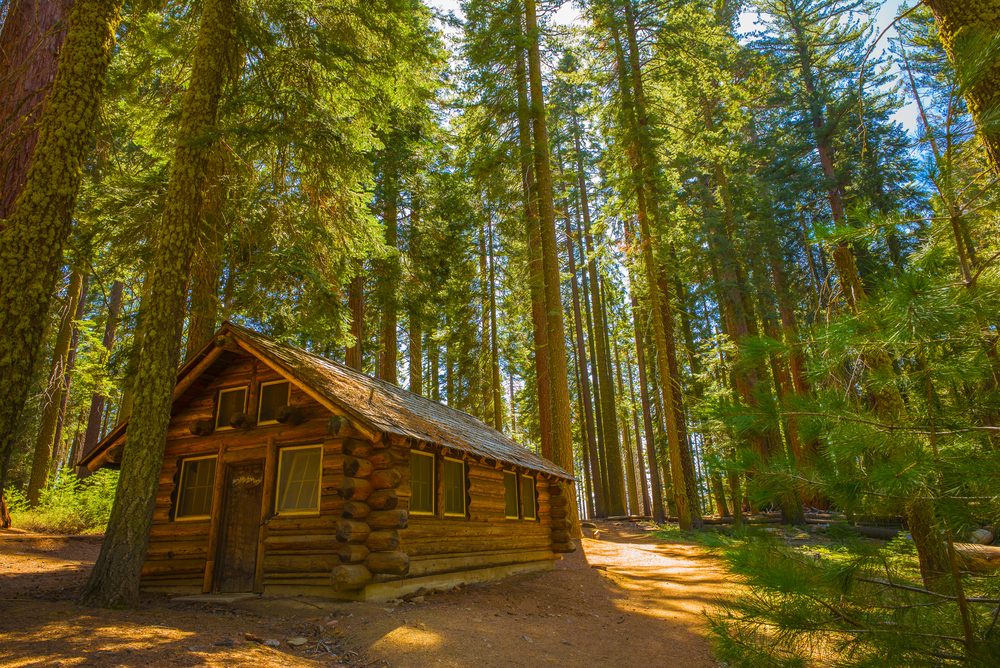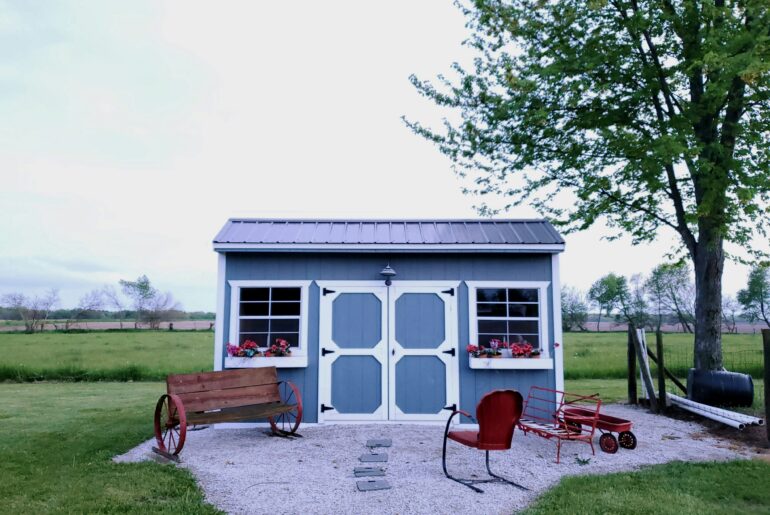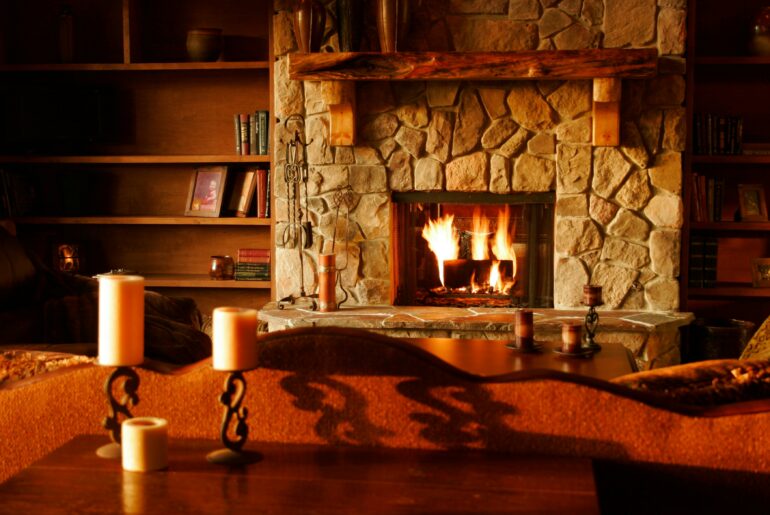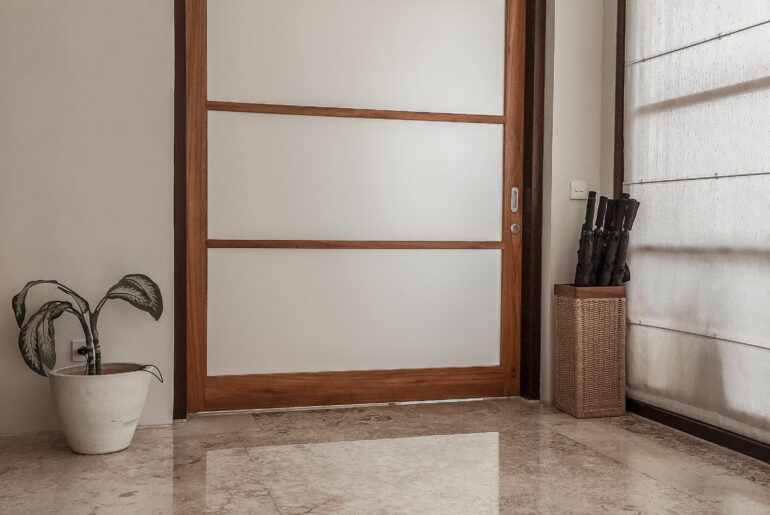Insulating any residential or storage structure is imperative to maintaining a comfortable interior temperature, and a cabin is no different. While most people think of insulation as being nothing more than pink fiberglass rolls, several types of insulation are available on the market today.
The best type of insulation for your cabin will ultimately depend on many factors, including the climate in which you live, the size of your cabin, and your budget. Here’s a guide to help you choose the best insulation for your cabin.
Why Should You Insulate Your Cabin?
There are several reasons to insulate your cabin. Here are some of them.
Temperature Regulation
The most evident reason to insulate your cabin is to maintain a comfortable temperature inside, regardless of the temperature outside. It is especially important in cabins located in areas with extreme temperatures, such as in the mountains, where it can be very cold in the winter.
Energy Efficiency
Another excellent reason to insulate your cabin is energy efficiency. By keeping the temperature inside regulated, you won’t have to use as much heating or cooling to maintain a comfortable interior, saving you money on your energy bills.
Noise Reduction
Most people don’t know this, but insulation can also help reduce noise from outside. Insulation can be a lifesaver if your cabin is in a busy or loud area.
What’s The General Process Of Insulating a Cabin?
Generally, you have to insulate the following parts of a cabin:
- Walls
- Roof
- Floor
The walls must be insulated because they are the biggest surface area of the cabin and, as a result, the most likely to let heat escape. The roof and floor must also be insulated to prevent heat from escaping through the top or bottom of the cabin.
What Is The Best Insulation For A Cabin?
You have many options when it comes to insulating a cabin. Here are some of them:
- Fiberglass: Fiberglass is one of the most popular and affordable insulation materials today. It comes in batts, rolls, or loose fill and batts can be easily installed by DIYers. Plus, it’s the best insulating material to keep the heat in.
- Foam Board Insulation: Foam board insulation is made of rigid foam panels and is used to insulate a cabin’s walls, floors, and ceilings. It’s easy to install and provides excellent insulation.
- Mineral Wool: If you want to insulate the roof of your cabin, mineral wool is a good option. It’s made of rock and slag fibers.
How to Insulate Cabin Roof
If you’re planning to insulate your cabin roof, follow these steps to get it right.
Step 1: Choose the Insulation Material
First, you’ll need to decide what kind of insulation material you want. If you want to keep heat inside, you’ll want to use a material with a high R-value, like fiberglass batts or blown-in cellulose.
If you’re trying to keep the cabin cooler in the summer, you might want to use a reflective material, like foil-faced bubble wrap.
Step 2: Gather Your Tools
You’ll need a few tools to insulate your cabin roof, including:
- Measuring tape
- Utility knife
- Staple gun
- Insulation (choose your type based on Step 1)
Step 3: Measure and Cut the Insulation
Using your measuring tape, measure the length and width of your cabin roof. Then, use the utility knife to cut the insulation to size.
Step 4: Install the Insulation
Now it’s time to install the insulation. If you’re using batts or rolls, simply lay them on the roof and secure them with the staple gun. If you’re using blown-in insulation, follow the manufacturer’s instructions for installation.
Step 5: Installation Tips
Here are a few tips to help you get the most out of your insulation:
- For batts and rolls, fit them snugly into all corners and crevices.
- For blown-in insulation, use a dense-pack method to achieve the highest R-value.
- Make sure all seams are sealed to prevent air leaks.
How to Insulate Cabin Floor
Insulating a cabin floor helps regulate the temperature inside the cabin and makes it more comfortable to walk on in cold weather. Here are the steps to insulate your cabin floor.
Step 1: Select the Insulation Material
Opt for a material that will reflect heat, like foil-faced bubble wrap, to insulate your cabin floor. You can also use fiberglass batting or rigid foam board.
Step 2: Measure the Floor
Measure the area of the cabin floor you want to insulate and purchase enough material to cover the entire area.
Step 3: Cut the Insulation Material
Use a utility knife to cut the insulation material to fit the floor. Make sure to leave about an inch of space around the floor’s perimeter so the material can expand.
Step 4: Install the Insulation Material
Install the insulation material on the floor using construction adhesive and tacks. Make sure the material is secure, and there are no gaps.
Step 5: Cover the Insulation Material
Cover the insulation material with a layer of plywood to protect it. You can also use carpet or floor mats on top of the insulation material.
How to Insulate Cabin Walls
Most people only suffice by insulating the cabin roof and floors. However, insulating your cabin walls is essential to maintaining a comfortable temperature inside, no matter what the weather is like outside. Here are some tips on how to insulate cabin walls.
Step 1: Select the Insulation
The insulation material you choose will be based on several factors, such as climate, R-value (thermal resistance), and cost. Some of the most popular insulation materials used in cabins are fiberglass batts, cellulose, and spray foam.
You should opt for cellulose if you live in a colder climate and are looking for an eco-friendly option. Fiberglass is a cheaper alternative but doesn’t offer as much protection against cold weather.
Meanwhile, spray foam is the most expensive option, but it provides the best insulation and can fill any gaps or cracks in your walls.
Step 2: Prepare the Walls
Before you start insulating, you need to prepare the walls. It involves removing any existing insulation and repairing any damage to the wall.
You should also take this opportunity to install any vapor barriers. These will prevent moisture from seeping into the insulation and causing mold or mildew.
Step 3: Install the Insulation
The best way to install insulation is to hire a professional. However, if you do it yourself, wear gloves and a mask to protect yourself from the insulation material.
Start by measuring the area you need to cover and cutting the insulation to size. Next, fit the insulation into the wall cavity and secure it with tape or staples. Once the insulation is in place, seal any gaps or cracks with caulk or spray foam.
Step 4: Finish Up
After installing the insulation, you need to finish up by adding drywall or paneling over it. Finally, ensure the seams are sealed with tape or caulk to prevent air leaks.
You should also install any trim or molding to give your cabin walls a finished look.
Do You Insulate Under A Cabin?
You might want to insulate under your cabin if you live in an area with cold winters. It will help keep the warm air inside your cabin and prevent drafts. You can use either rigid foam insulation or fiberglass batts.
If you’re using rigid foam, you’ll need to attach it to the floor joists with screws and washers. Meanwhile, for fiberglass, you can staple it or use adhesive. But before you start, check for any electrical wiring or plumbing that might be in the way.





